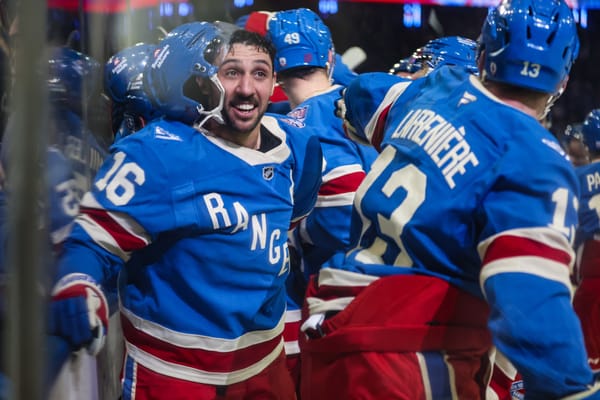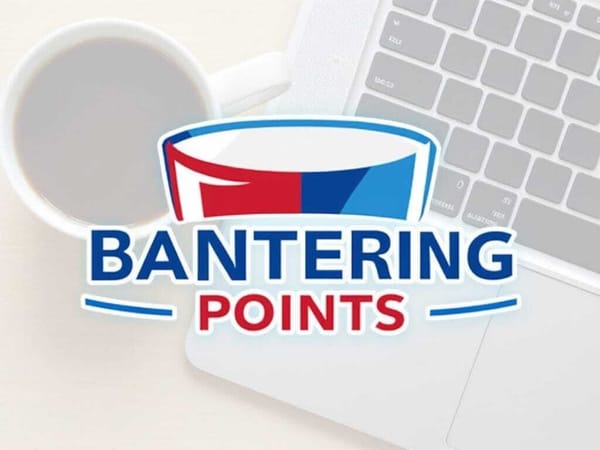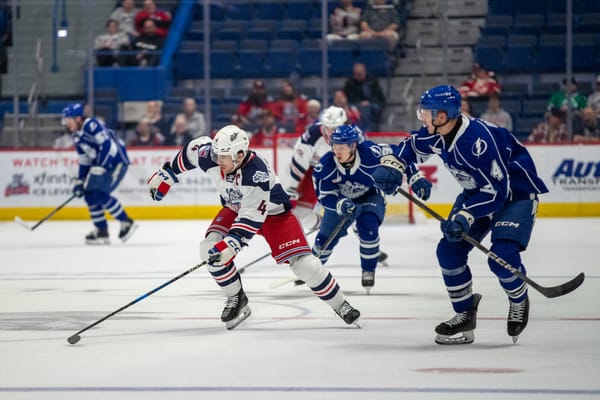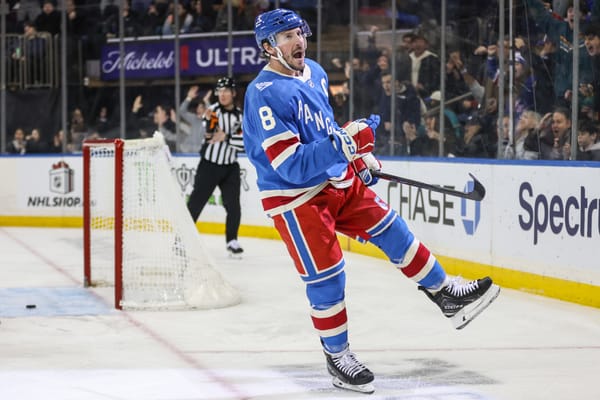What do the Rangers Have in Nick Holden?
The unheralded Nick Holden came from the Colorado Avalanche in exchange for a fourth-round pick, and collective reaction was understandably a shrug. Six months later, he is one of the more interesting stories of the 2016-2017 NHL season.
Opinions on Holden have been scattered since the start of training camo. Schools of thought range from diagnosing Holden as part of the problem with the Rangers’ porous defense to him being a rock in the back and the unsung hero of the season.
After a lackluster preseason and first few regular season games, opinions of Holden were very harsh. In hindsight, it is safe to say those outbursts were premature. At a minimum, Holden has played well enough to earn the status of “not complete tire fire.” Or put another way, he does not appear to be the Rangers’ weakest link by any means.
Holden’s two most frequent defensive partners are Marc Staal and Ryan McDonagh. When taking a look at CA60 (shot attempts against per 60 minutes), it’s very clear that Staal and McDonagh are suppressing shots at a far better rate when with Holden than when paired with someone else (numbers as of December 28th).
The major limitation here is that Staal’s and McDonagh’s numbers away from Holden are influenced significantly by the fact that Dan Girardi and Kevin Klein are usually the alternatives. In the land of the blind, the one-eyed man is king. Is Holden actively playing well, or are other, lesser players creating favorable optics for him?
Of course, that’s just one part of the game. I’ve buried the lede here, which is that Nick Holden has become an unlikely source of offensive production for the Rangers. With seven goals and 13 assists through 37 games, he is tied for 22nd among NHL defensemen in points-per-game (minimum 20 games). That’s above many notable offensive defensemen including Alex Pietrangelo, Oliver Ekman-Larsson, and Keith Yandle.
The reality of the goal total, at least, is that he’s been a bit fortunate. He’s had multiple goals that were simply the result of bad goaltending.
And others that were the result of defensive players trying to block low-percentage shots but instead deflecting them past their own goaltender.
Of Holden’s seven goals, five of them were off of clear-sighted shots (or what would have been had a defender stayed out of the way). Not the kind of goals that will be repeatable long-term.
Nick Holden is what he is, for better or worse. He’s not nearly the liability that many (myself included) anticipated he would become. On the other hand, there is a contingent that has tried to push the idea that he is a two-way stalwart who can be an important piece of a contending team. Expecting him to continue his torrid pace of goals is certainly misguided. As is thinking he can eat heavy minutes against top-end talent. However, he is a capable third-pairing defenseman who can add some supplementary offense from the back. He’s poor at creating breakouts through passing but is good at creating space for himself in the offensive zone and finding sticks to pass to. His $1.65M cap hit is right around where his value lies. A fourth-round pick was an acceptable cost for acquiring him. In essence, he is a completely average and unremarkable defenseman. But average and unremarkable is perfectly fine.
There is a strong case to be made that Holden should be traded this upcoming summer simply in the name of market exploitation. He will be 30 years old, have one year left on his contract with a low cap hit, and will be coming off an offensive season that he will likely never repeat. His value will never be higher. That will be an interesting situation to explore down the line. Right now, with the way the team’s defense is, the Rangers need him to continue to be reliably nondescript but competent.




